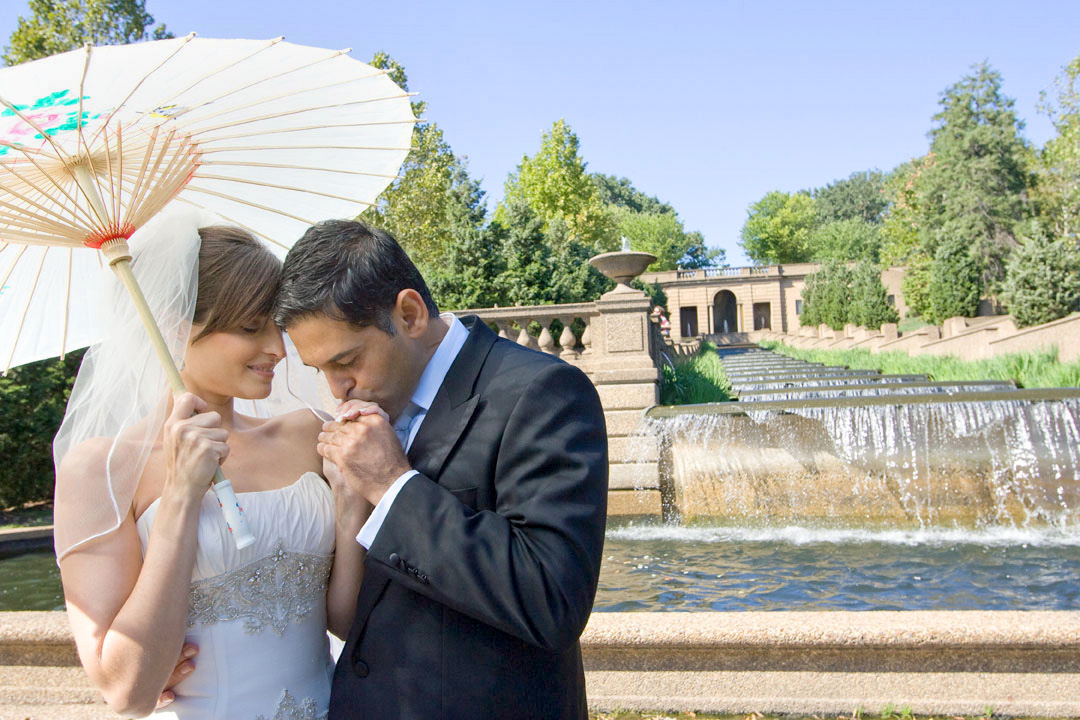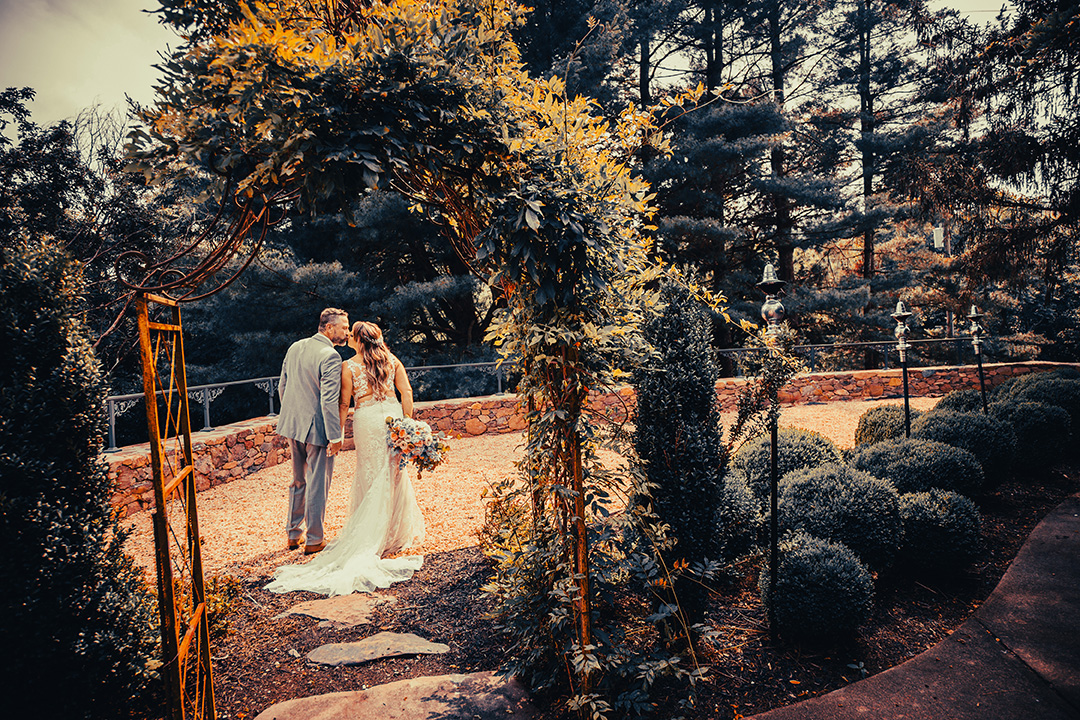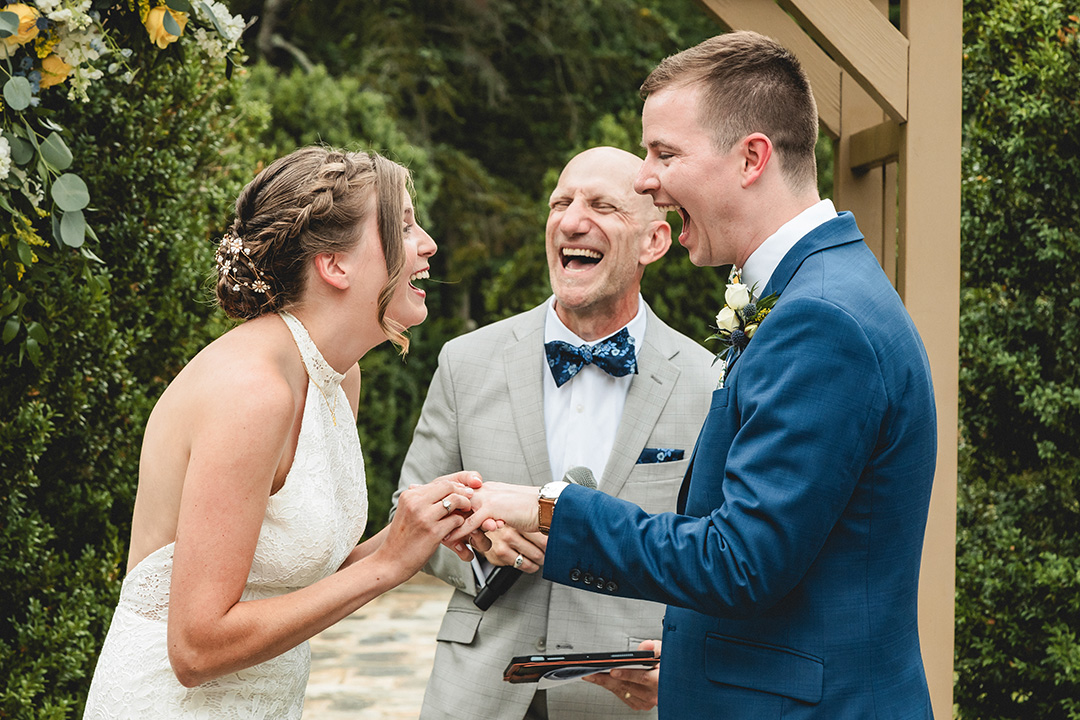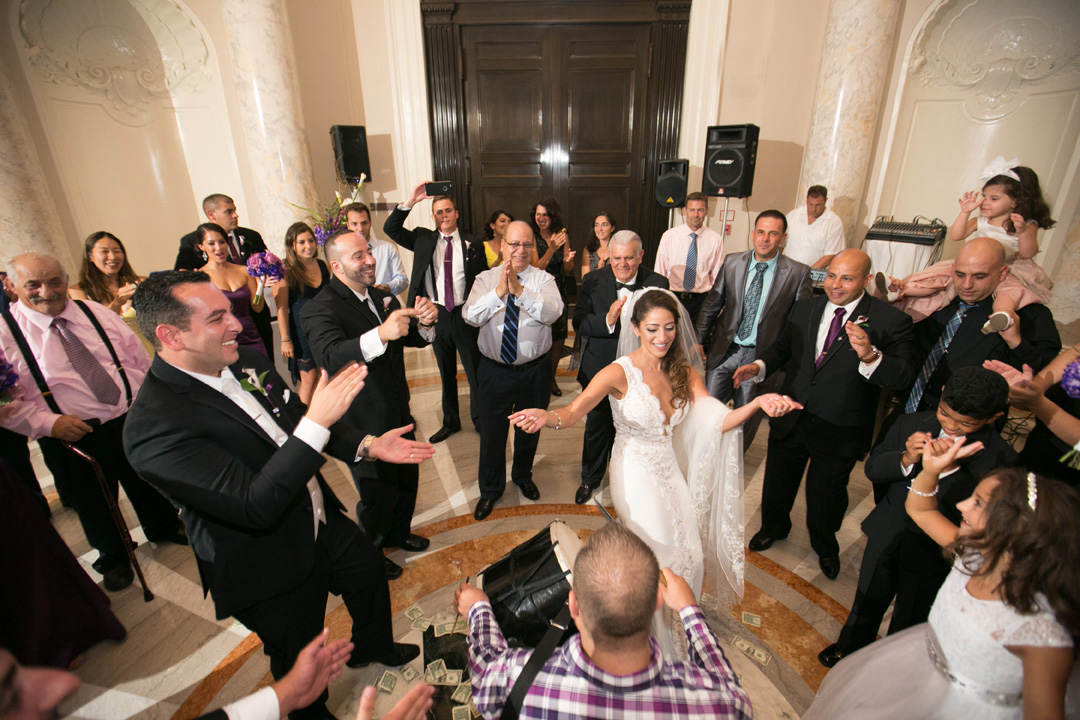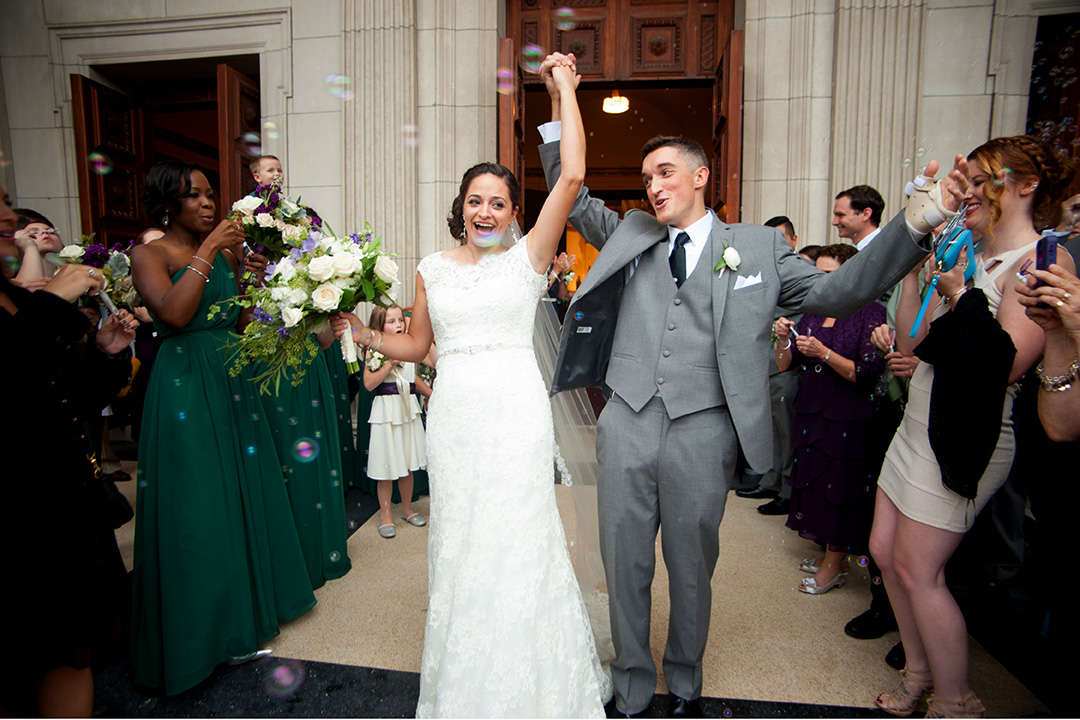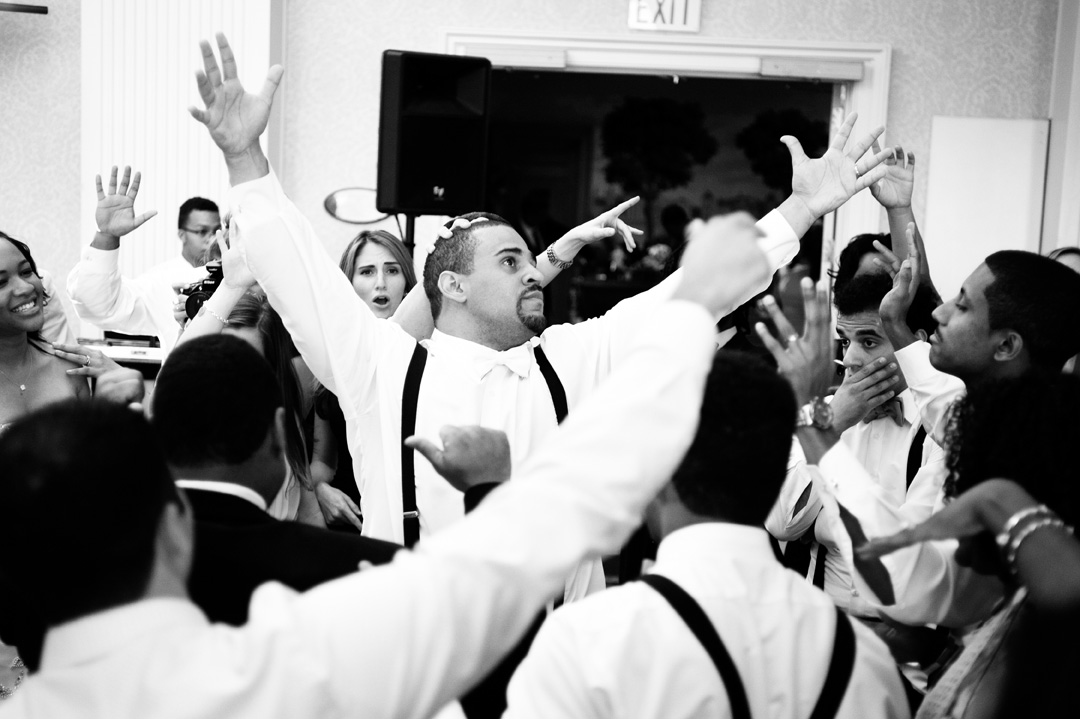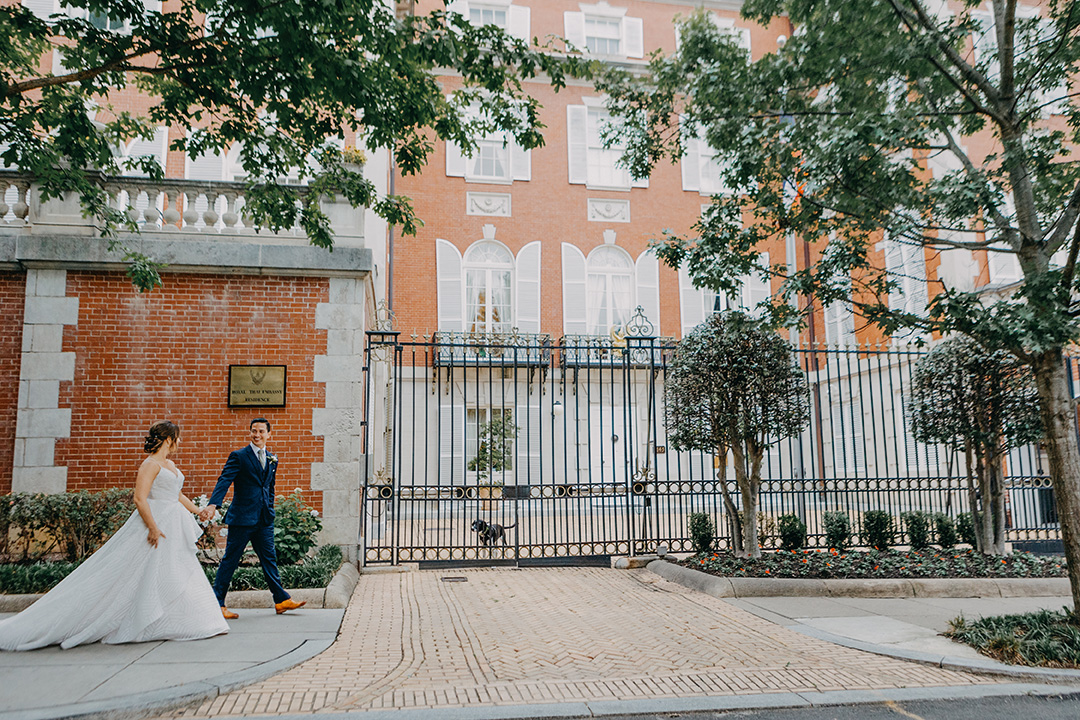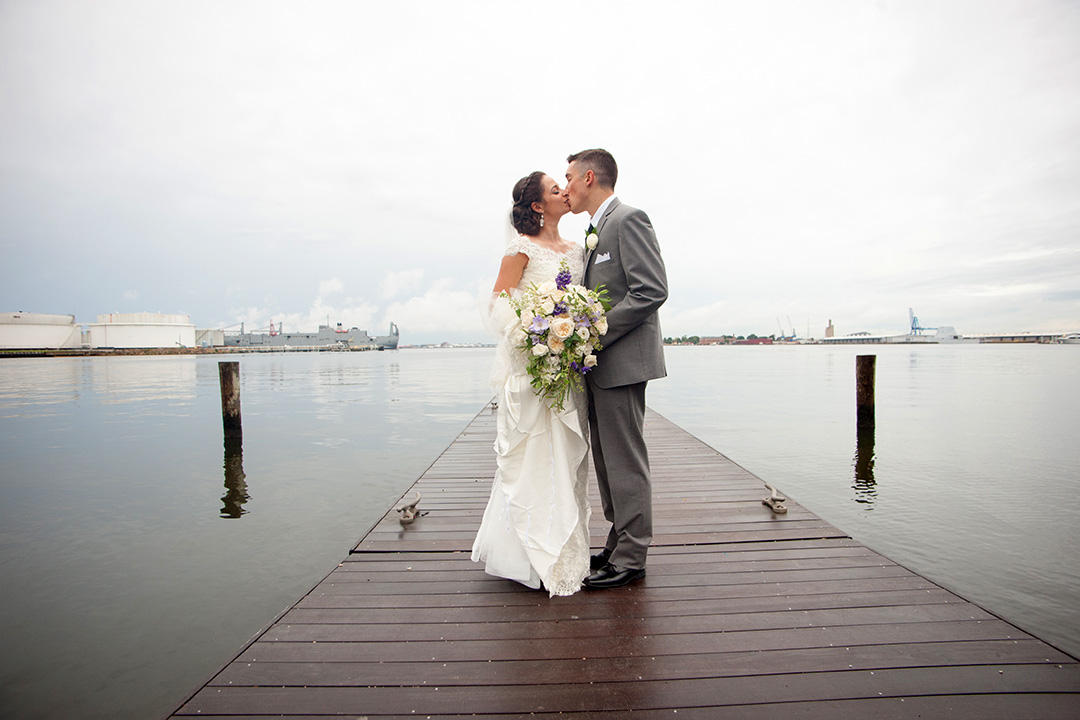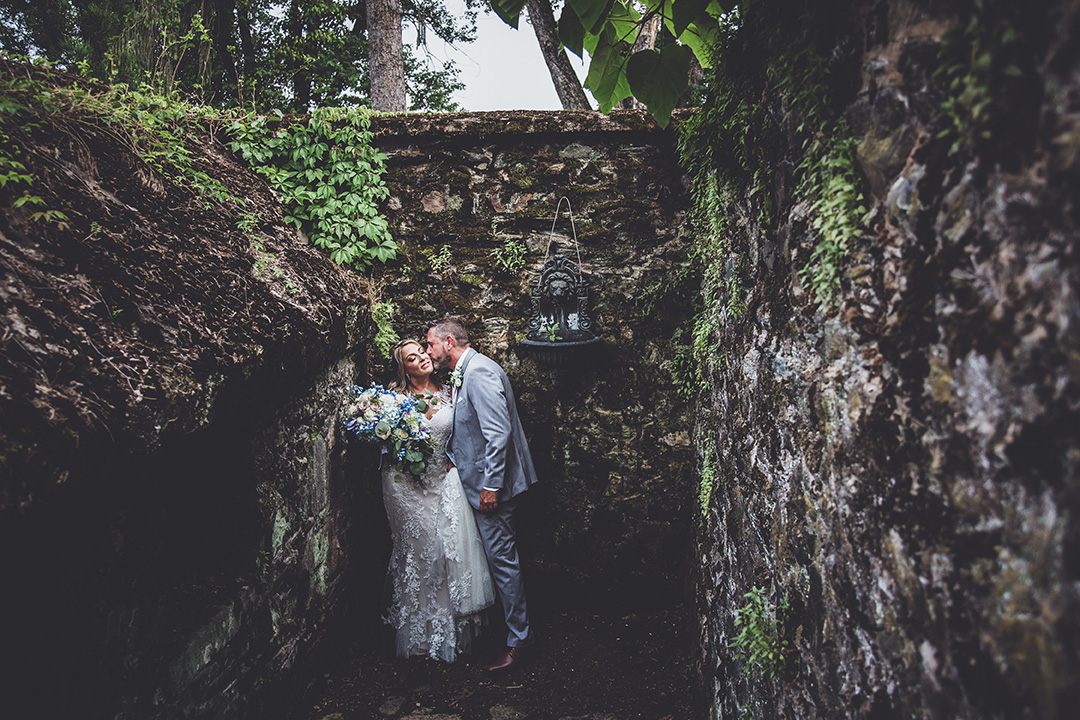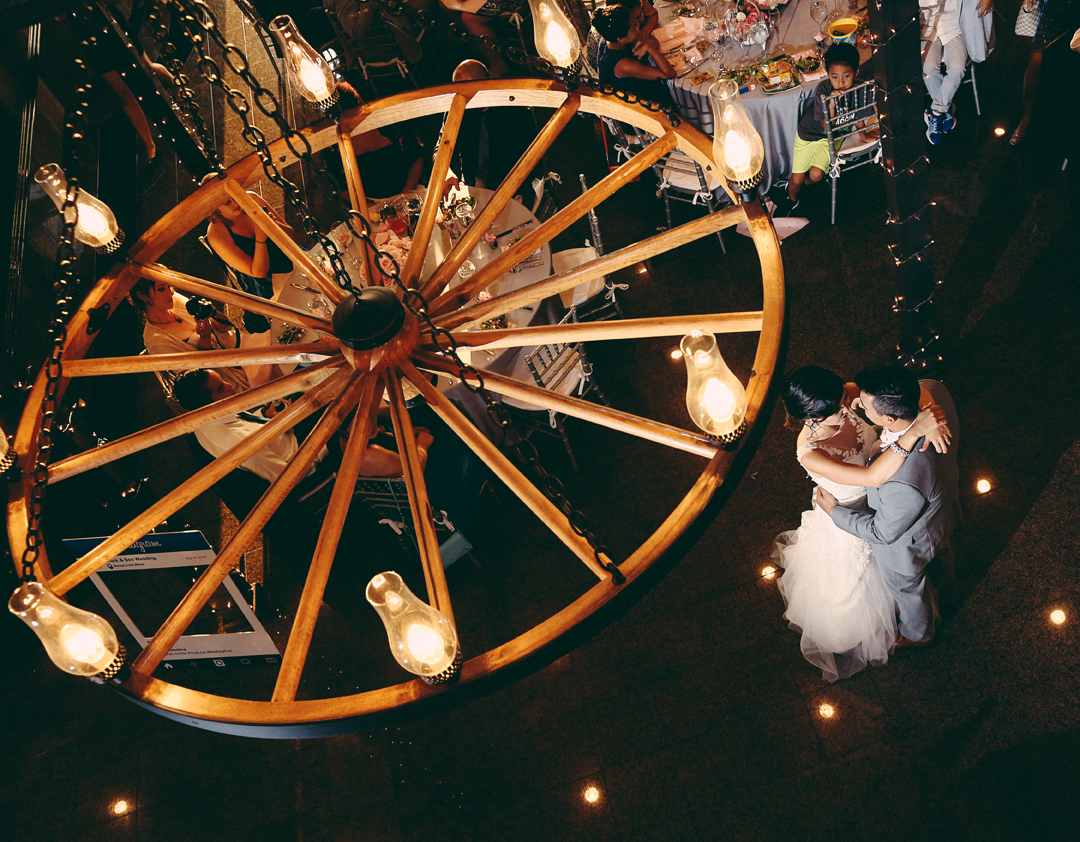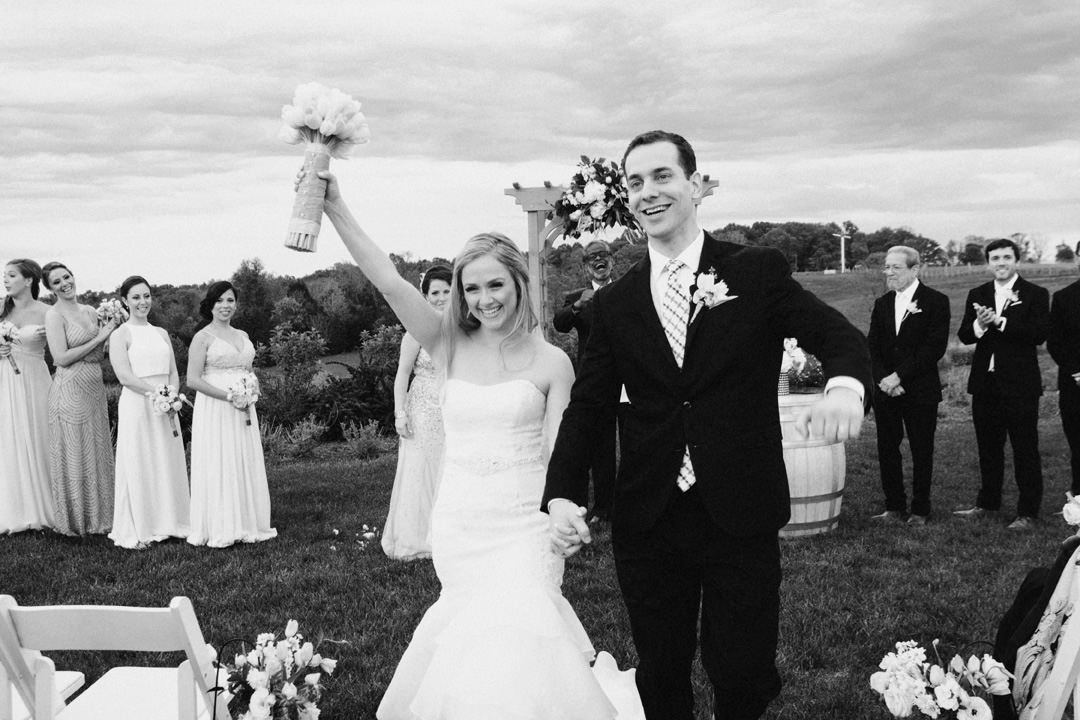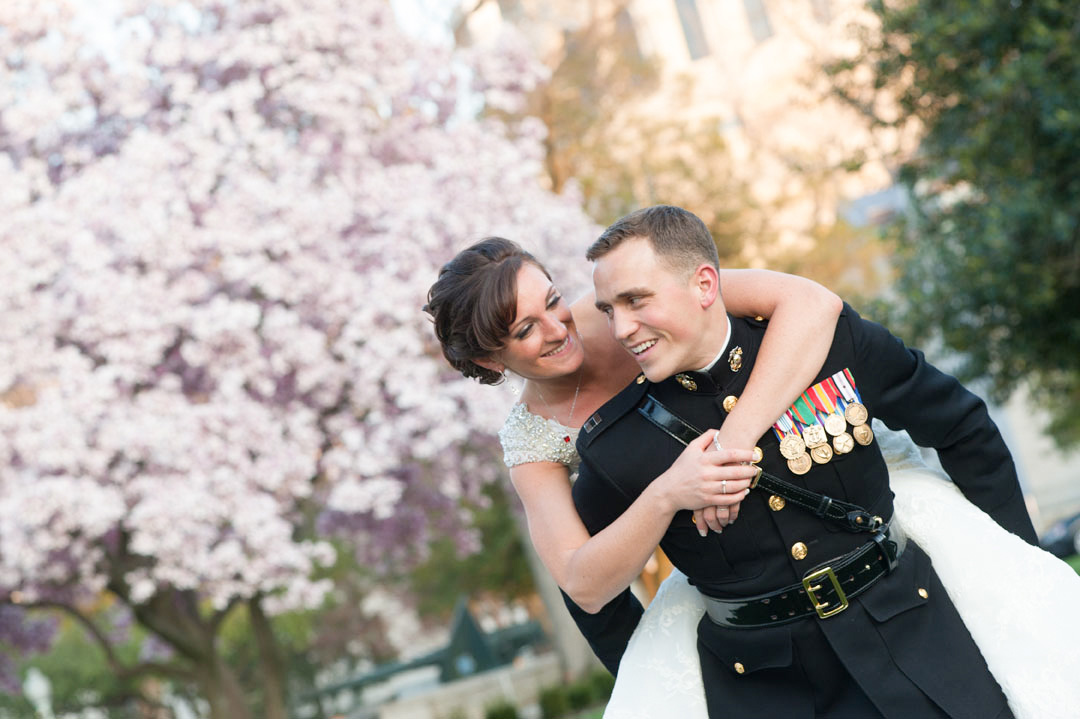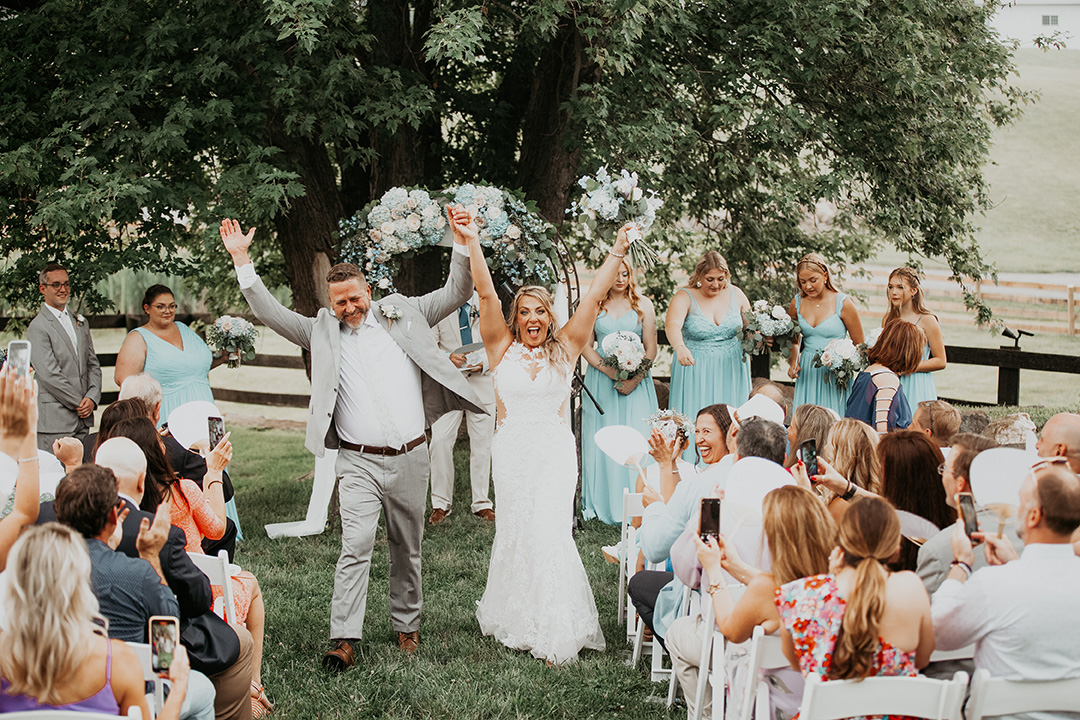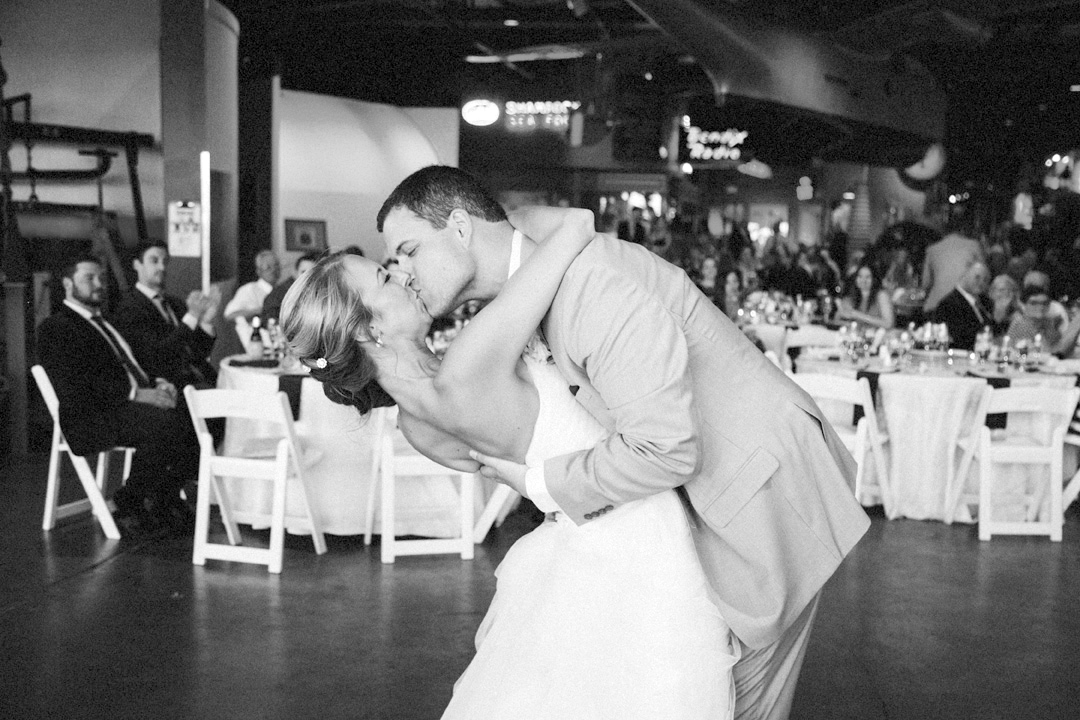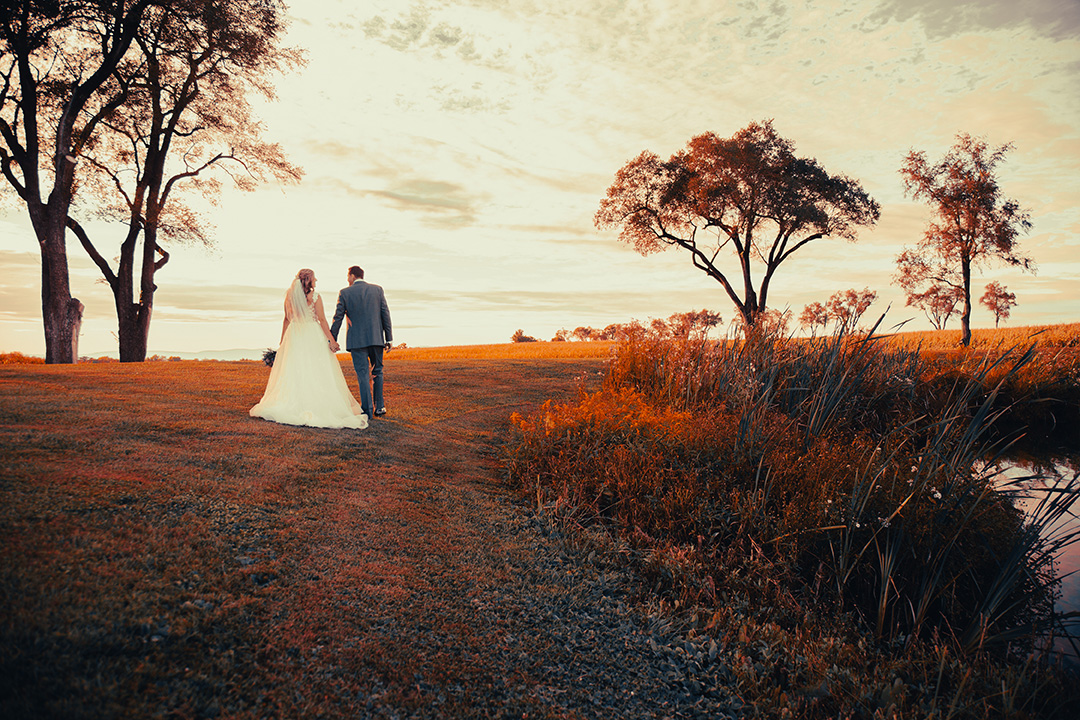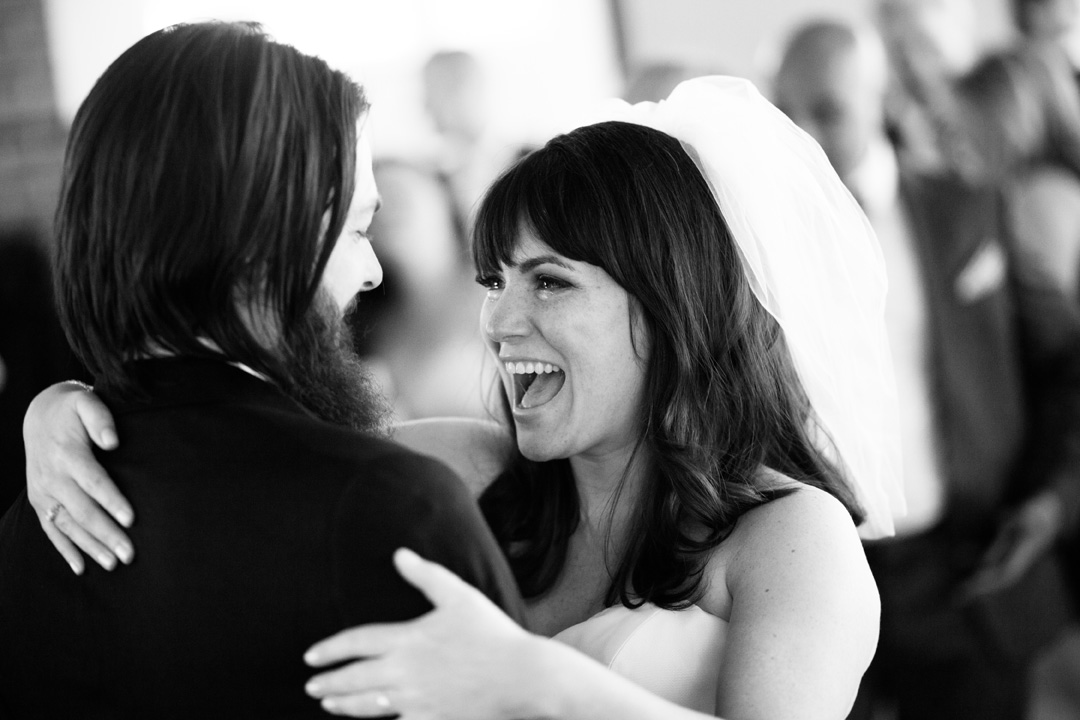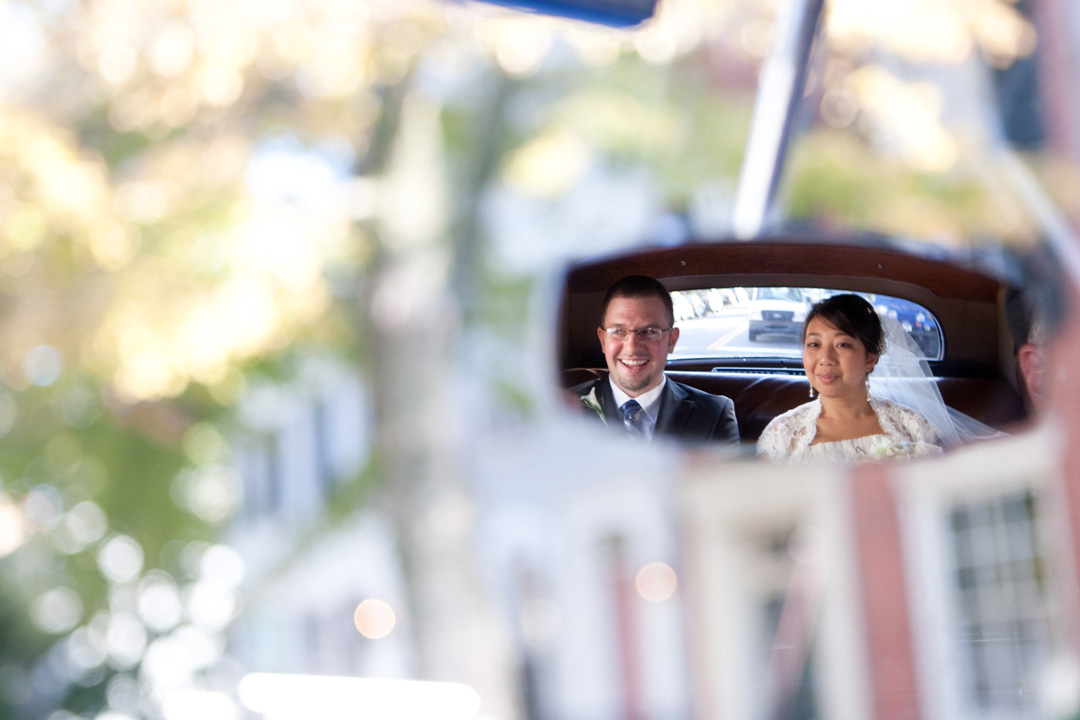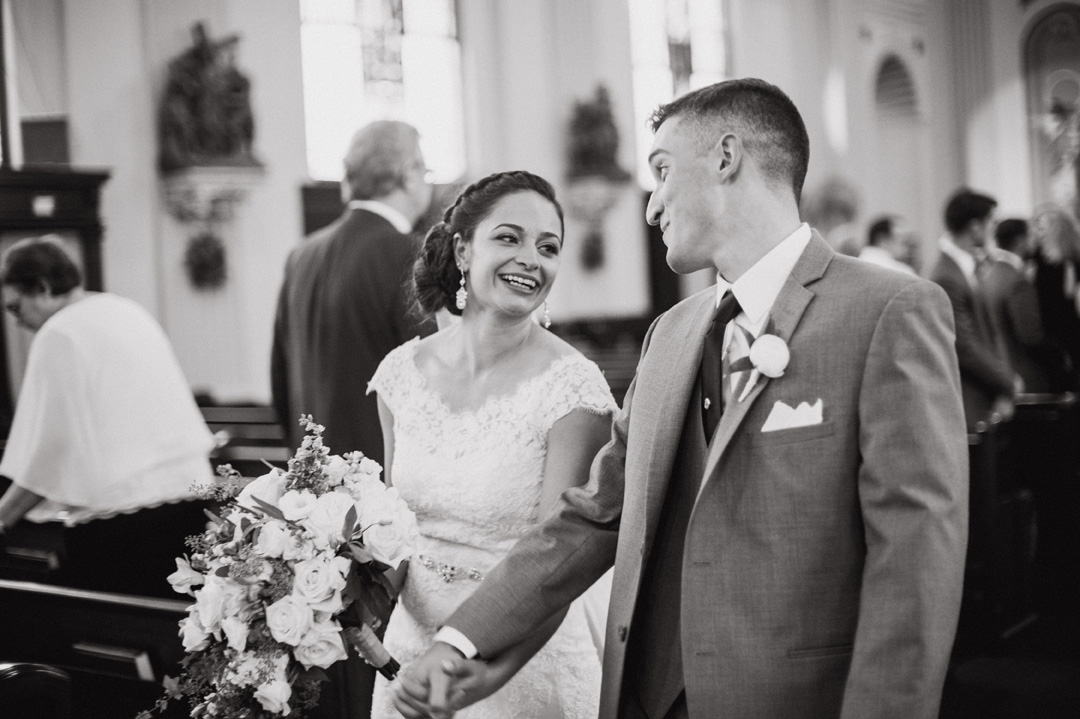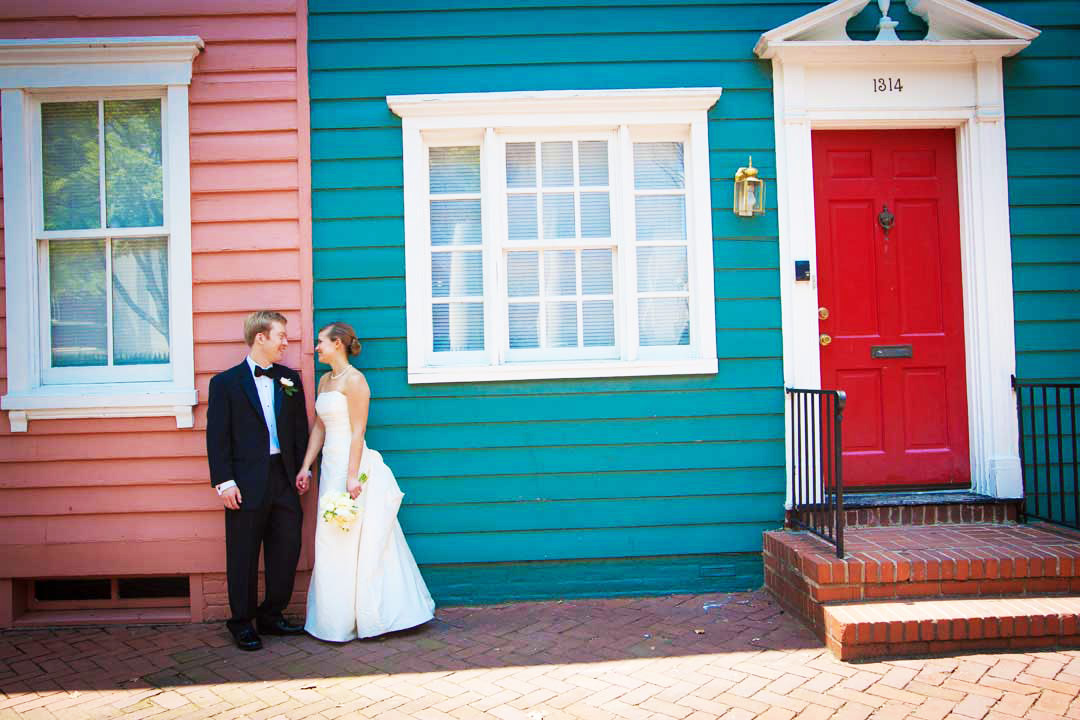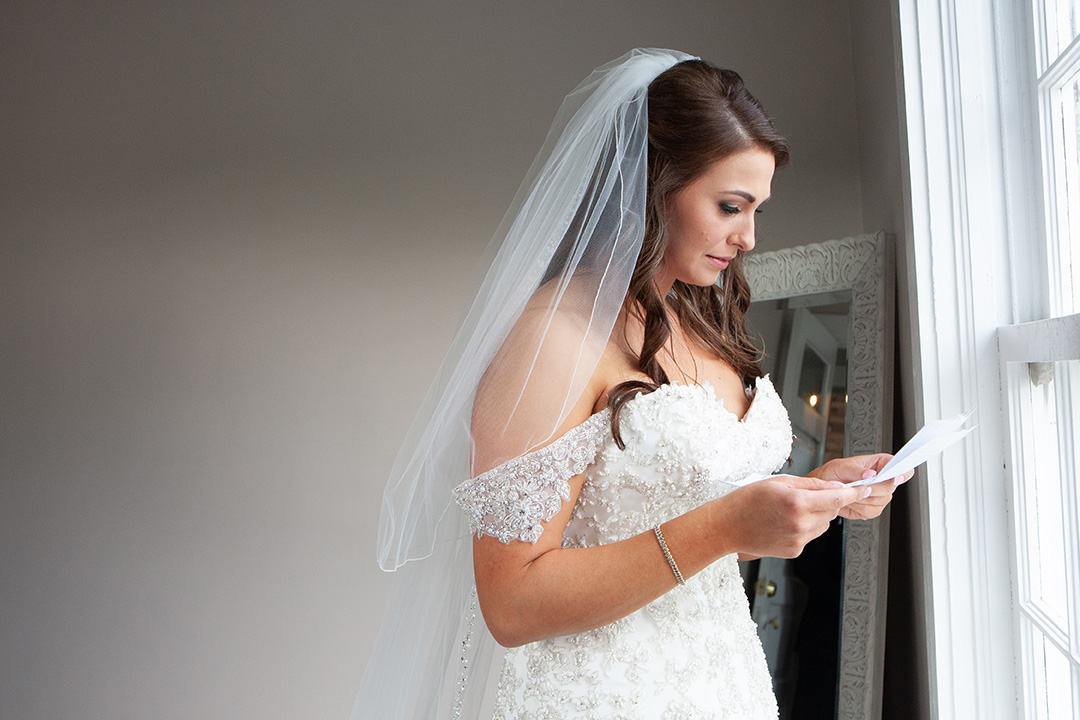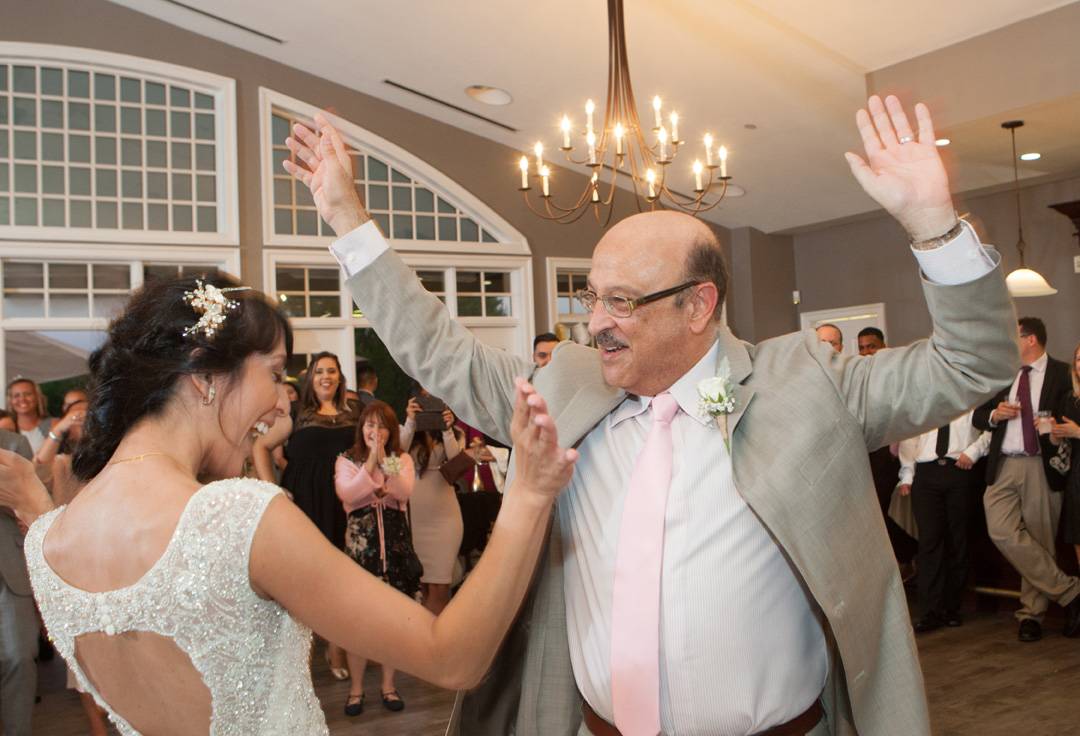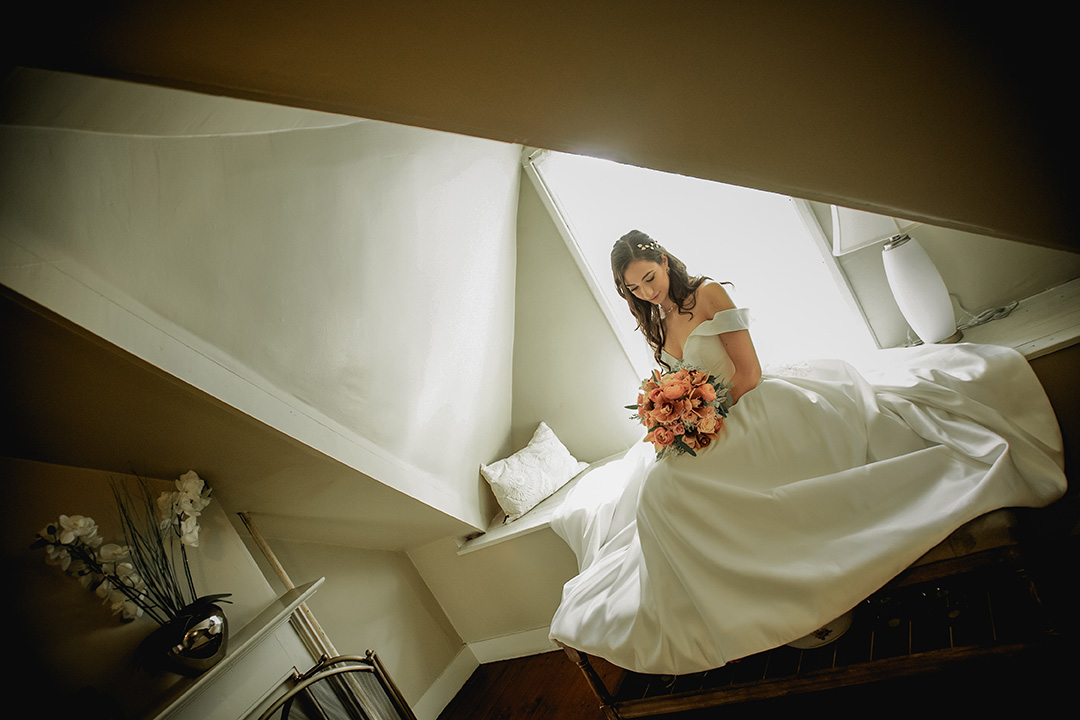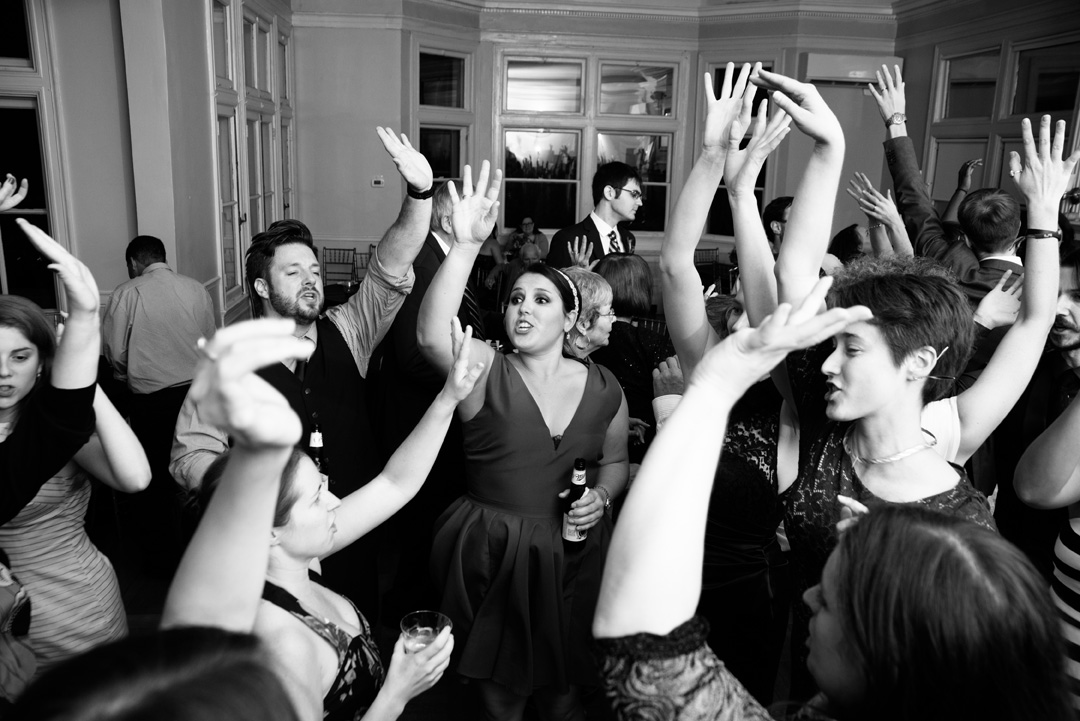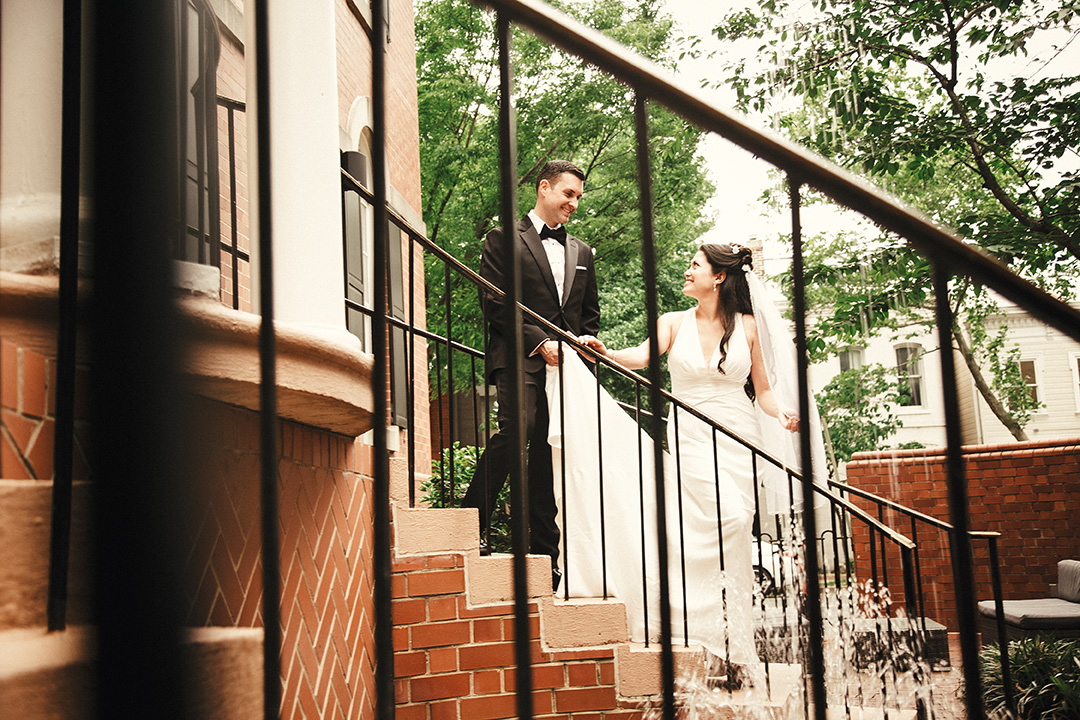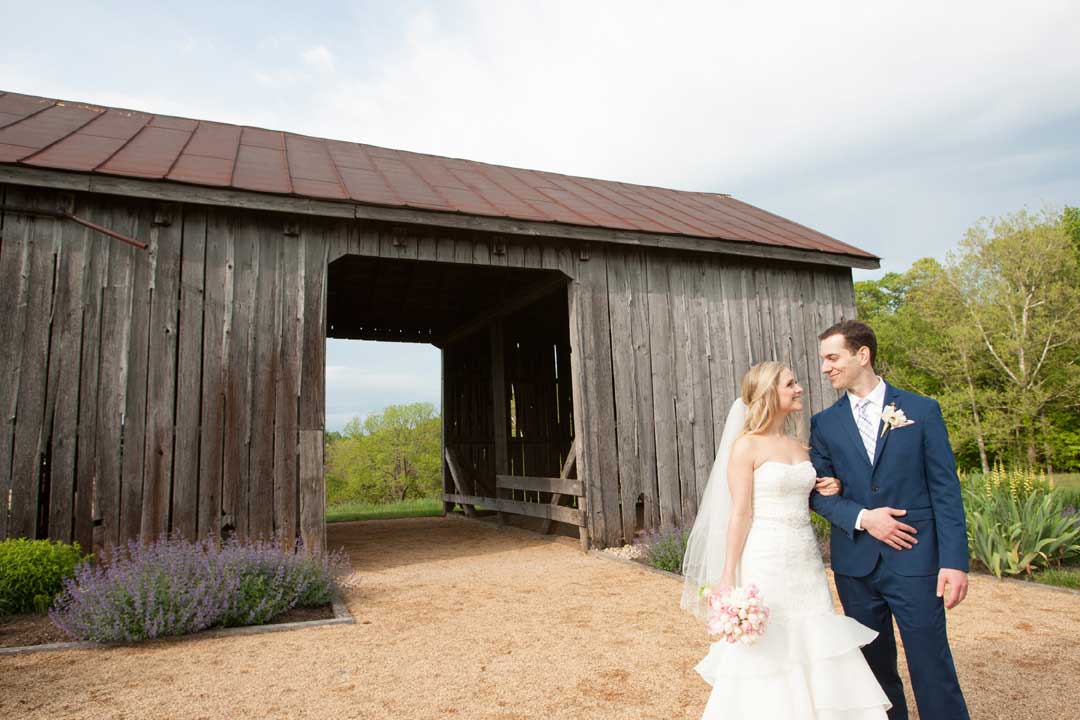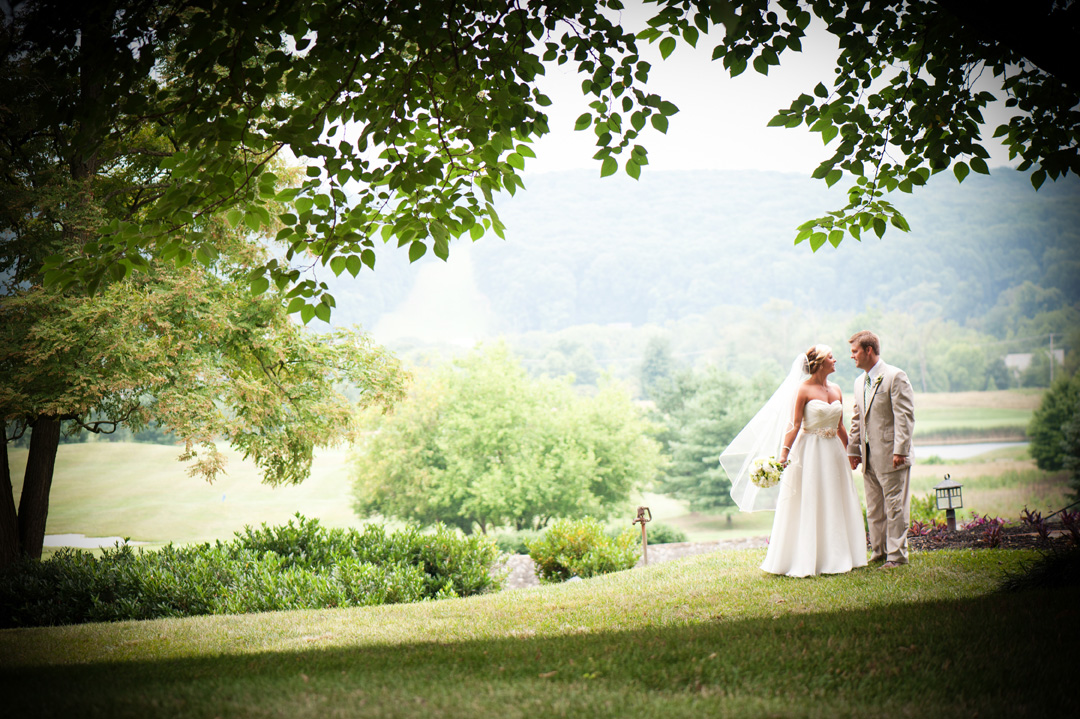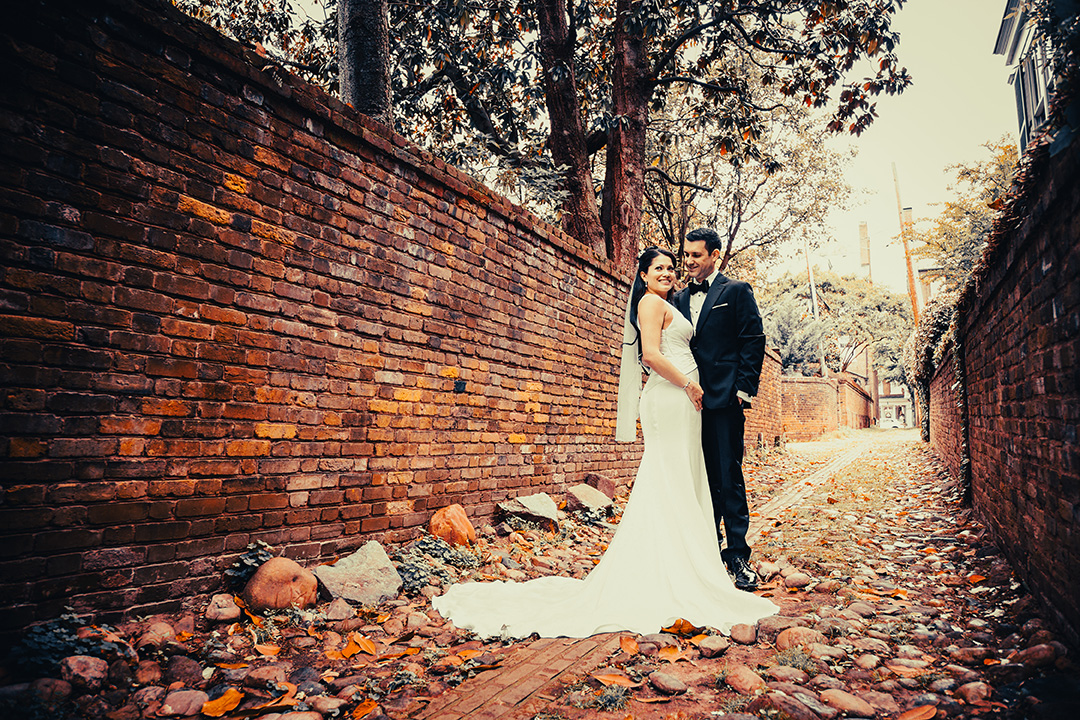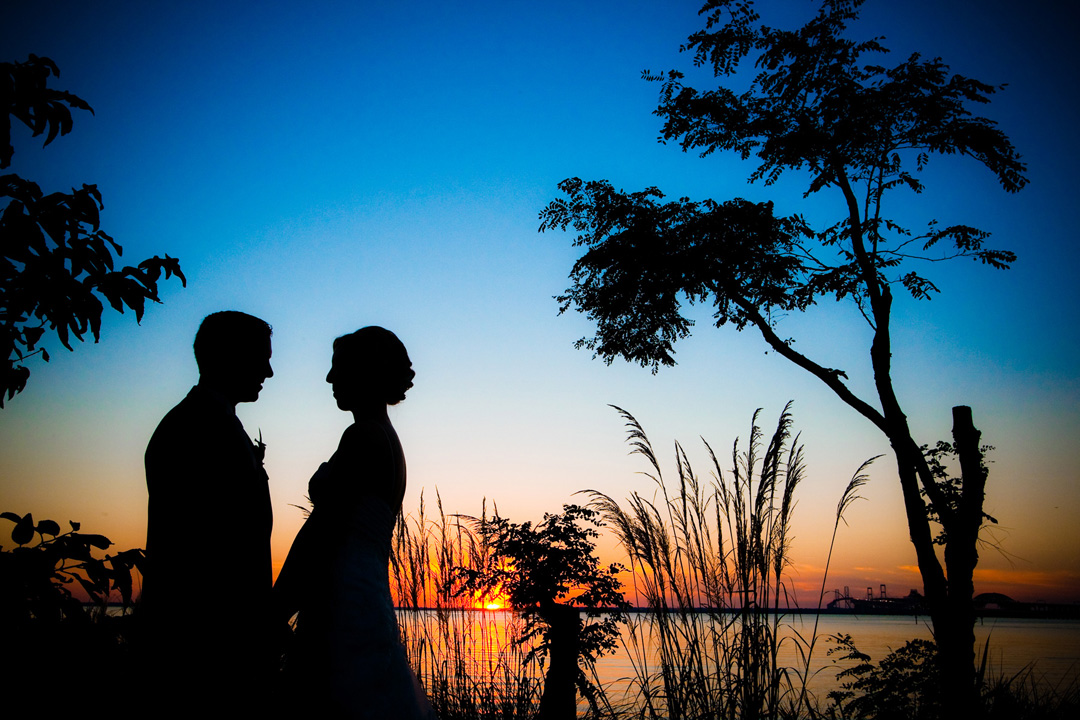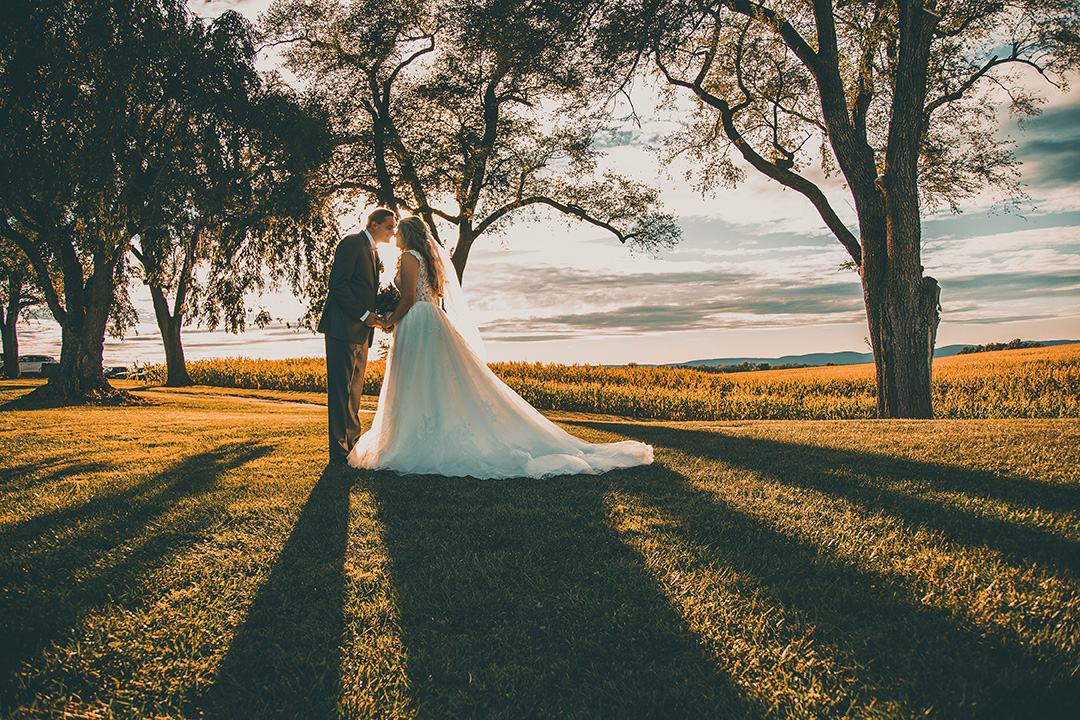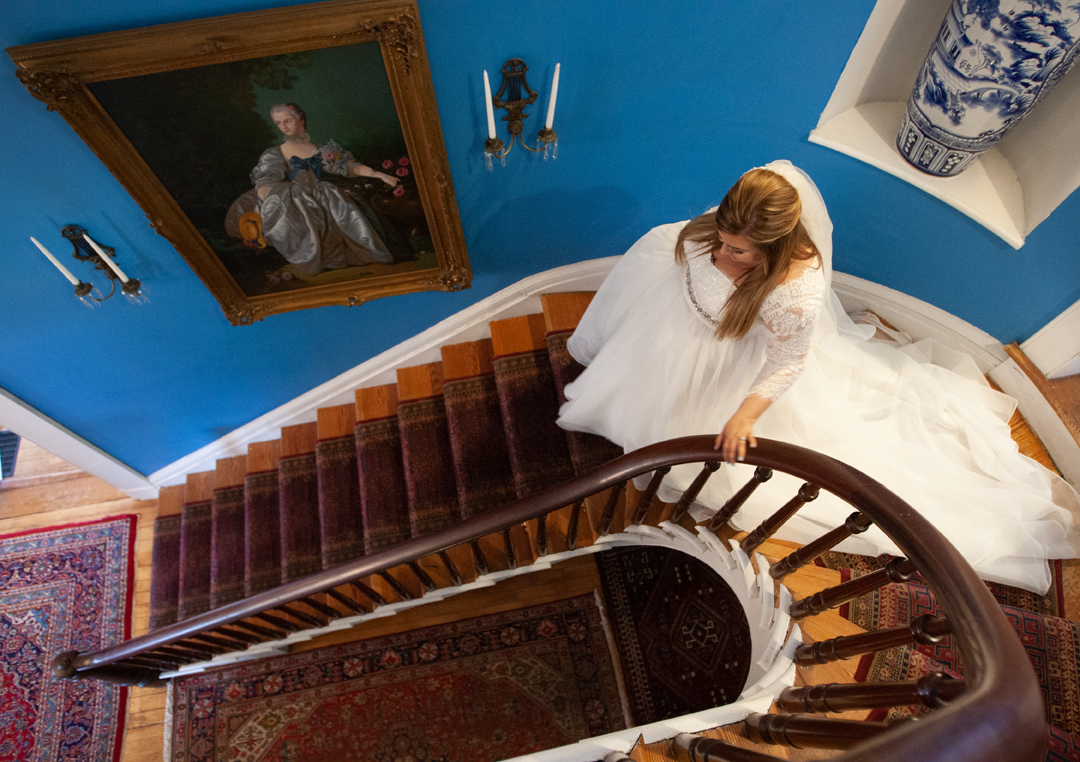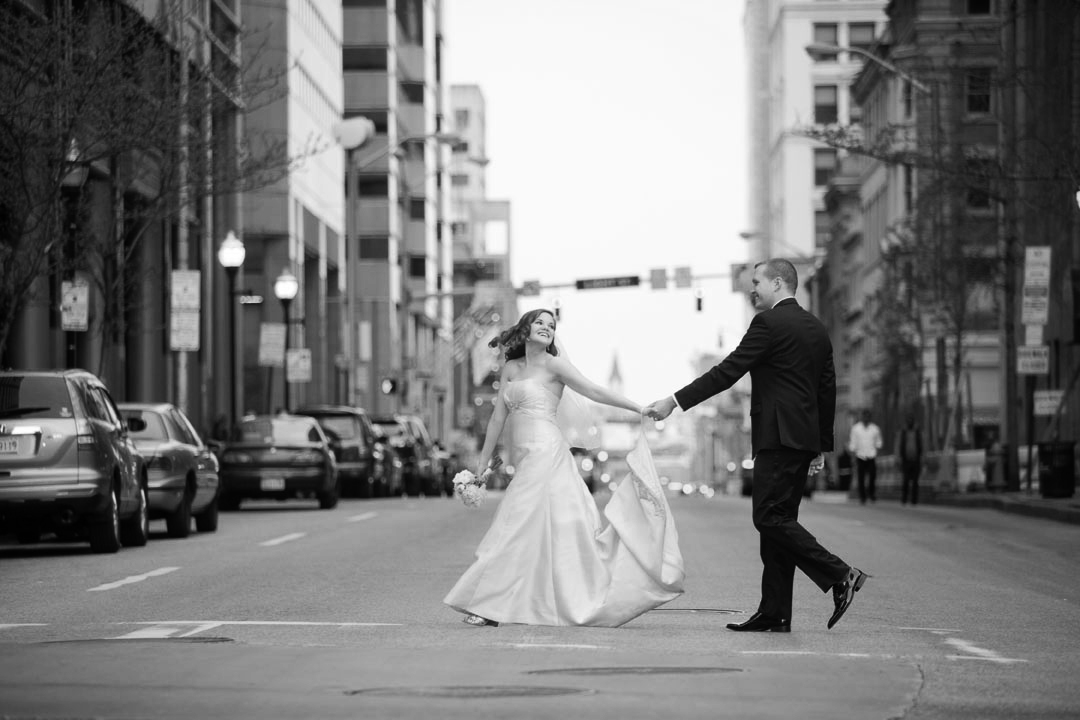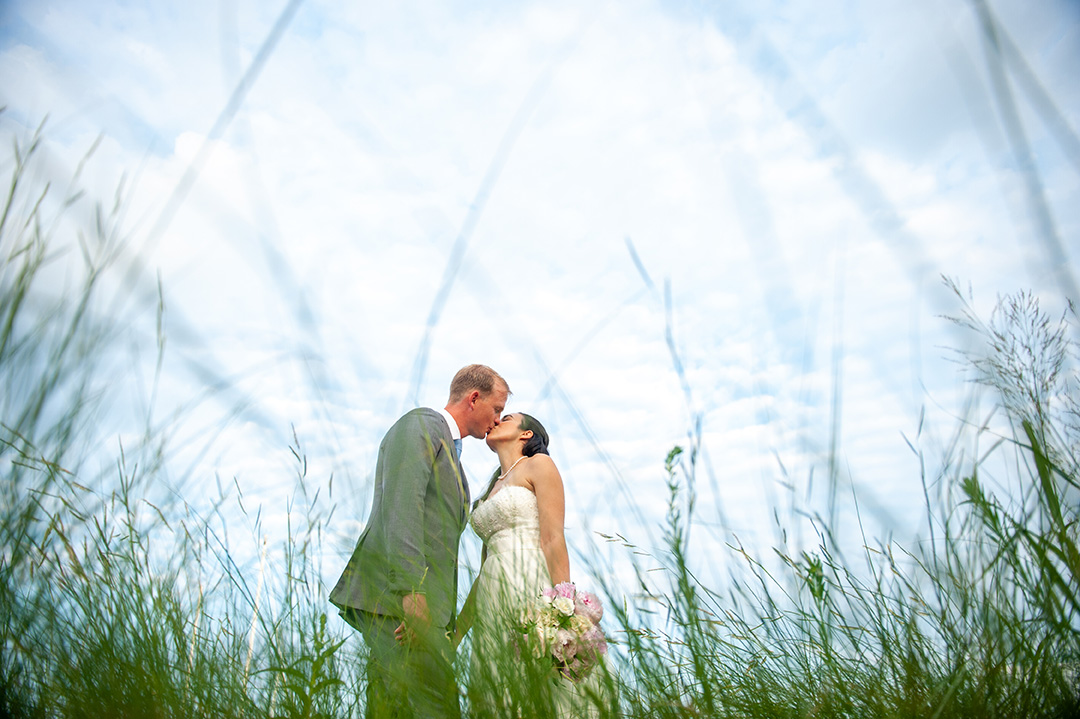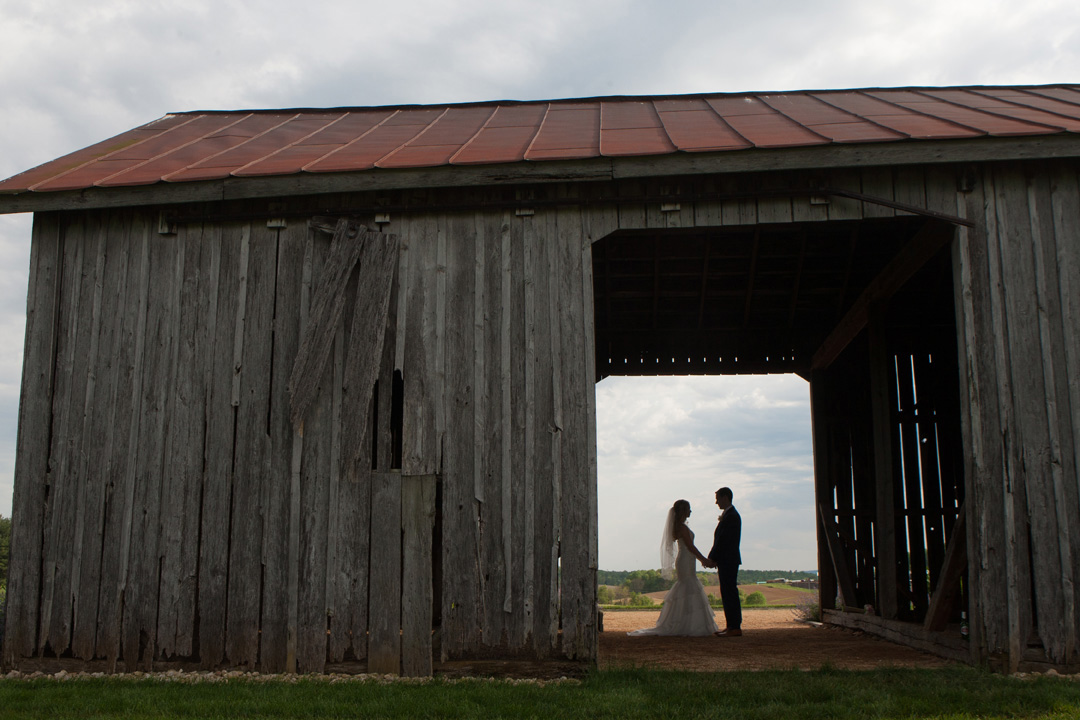Wedding Planning Guide for Maryland & DC Couples
The purpose of this guide for newly engaged couples in Maryland and Washington, DC, is to provide a comprehensive and practical resource that walks couples through each stage of wedding planning, from the excitement of engagement to the final celebration. It combines local knowledge with a clear, step-by-step framework designed specifically for couples planning in this region. Whether you’re exploring venues, building your wedding budget, or finalizing vendor details, the guide offers realistic, actionable advice tailored to the local wedding landscape.
Couples can use the outline in whatever way fits their needs best. You can read it straight through for a full understanding of the entire planning process, or skip ahead to the sections that match your current phase, such as choosing a ceremony location, hiring photographers, or managing timelines. Each section functions as a standalone reference while contributing to the overall planning journey.
The guide also introduces important regional factors that shape Maryland and DC weddings. Seasonal changes play a big role, with spring and fall offering mild weather and natural beauty, while summer and winter bring unique atmospheres of their own. Venue styles vary widely, from waterfront estates and rustic barns to elegant city rooftops and historic landmarks. Travel logistics deserve attention as well, since guests often move between Maryland, DC, and nearby Virginia, making accessibility and accommodations key. Above all, the guide keeps the guest experience in focus, helping couples create a celebration that feels seamless, thoughtful, and memorable for everyone involved.
First 30 Days After “Yes” — Foundational Steps
The first 30 days after saying “yes” set the foundation for everything that follows. This is the time to focus on alignment, organization, and establishing the tone for your wedding planning experience. Rather than diving straight into venues or color palettes, begin with the essentials that will shape every decision down the line.
Start by setting shared priorities. Discuss what truly matters most to both of you — whether it’s the experience, the location, the guest list, or the wedding budget. These early conversations help you define what kind of celebration reflects your relationship. Decide how you’ll make decisions together. Some couples prefer to divide responsibilities (for example, one handling logistics while the other focuses on design), while others collaborate on everything. Agreeing on roles early prevents misunderstandings later.
Draft a guest-count range next. You don’t need exact numbers yet, but having a ballpark figure will influence your venue options and budget. With that in mind, create a preliminary budget band. Instead of locking in precise figures, establish a flexible range that accounts for your priorities and comfort zone. This will serve as a framework when you start requesting quotes or touring venues.
Identify your ideal season and general location. Maryland and DC offer a wide variety of options — from elegant city venues and scenic waterfront estates to countryside farms and vineyards. Think about what atmosphere best suits your style and how the time of year might enhance that setting.
Include an at-a-glance timeline preview in your planning notes to visualize the months ahead. It doesn’t need to be detailed yet — just a broad outline of when you hope to book key vendors, send invitations, and finalize major decisions.
This is also the time to share your news. Announce your engagement in a way that feels authentic, whether through a private gathering, a photo session, or a social post. Don’t forget practical details: get your ring insured, have it sized if needed, and consider a quick checkup with a jeweler to ensure it’s secure.
Finally, open a shared wedding planning document or digital folder. Use it to track ideas, contact lists, budgets, and inspiration in one place. Whether it’s a Google Drive folder, shared spreadsheet, or planning app, having a centralized space makes collaboration easier and keeps your vision organized as the planning journey unfolds.
Budget Strategy for the DMV
Budgeting for a Maryland/DC Wedding starts with understanding that costs can vary widely depending on where and how you choose to celebrate. The region’s diversity — from downtown DC hotels to Maryland vineyards and waterfront estates — means couples should expect a broad range in pricing. In the city, upscale venues or historic mansions can start around $200–$350 per guest once catering and rentals are included. Suburban and countryside locations, such as Frederick or Southern Maryland, often fall closer to $150–$250 per guest, while weekday or off-season weddings can bring even more flexibility.
Neighborhoods and venue types play a major role in determining your bottom line. A Georgetown rooftop or Dupont Circle ballroom will generally cost more than a rustic venue in Western Maryland or a bayfront property on the Eastern Shore. Likewise, events on Friday or Sunday tend to be more affordable than those on Saturday, and smaller guest lists allow for better food, décor, and entertainment within the same overall budget.
A practical approach to prioritizing wedding spending is to start with a clear allocation model. While every couple’s priorities differ, a balanced sample might look like this:
- Venue and catering: 40–45%
- Photography and videography: 10–15%
- Music and entertainment: 8–10%
- Planning and coordination: 8–10%
- Florals and design: 7–10%
- Attire and beauty: 5–8%
- Stationery and signage: 3–5%
- Transportation and lodging: 3–5%
- Contingency fund (for surprises or upgrades): 5%
Stretching your budget in the DMV takes creativity and local awareness. Consider booking during the off-peak season (January through March) or selecting a Thursday or Friday date for premium venues at reduced rates. Explore mixed-service catering — such as combining a plated entrée with family-style sides or stations — to control costs while keeping guests satisfied. Guest-count management is another powerful tool: trimming 10–20 guests can free up thousands for photography, music, or florals. Finally, bundling services — for example, choosing a venue that includes rentals or working with a photographer who offers engagement and wedding packages — simplifies logistics and saves money.
With thoughtful planning and a clear sense of priorities, couples can design a meaningful, stylish celebration that fits comfortably within their budget while still reflecting their unique story.
A 12+ Month Timeline That Actually Works
A 12+ month wedding timeline gives couples the structure they need to stay organized while still leaving room for flexibility. For weddings in Maryland and Washington, DC, where venues book early and traffic or regional events can affect logistics, this kind of planning arc helps keep everything running smoothly. Below is a realistic month-by-month guide that balances key milestones with built-in breathing room.
12–18 Months Out: Vision, Venue, and Key Vendors
Begin by defining your vision and setting a target date or season. Research venues that fit your style — from DC museums and city rooftops to Maryland barns and waterfront estates — and schedule tours as early as possible. Once you’ve chosen your venue, book it immediately to lock in your date. Next, secure top-priority vendors such as your photographer, planner, and caterer. Many of these professionals book a year or more in advance, especially for spring and fall dates in the DMV.
10–12 Months Out: Attire, Guest List, and Save-the-Dates
Start your guest list and gather addresses. Choose your wedding party and begin dress and suit shopping, keeping in mind that many designers require six to nine months for orders and alterations. If you’re planning to send save-the-dates, now is the time — especially for destination-style weddings within the DMV, where guests may need to plan travel.
8–10 Months Out: Design and Logistics Foundations
Refine your wedding design with your planner or stylist. Book secondary vendors such as florists, musicians, videographers, and officiants. If you’ll need permits for public spaces — like DC monuments, national parks, or waterfront piers — apply early, as approval can take weeks. Begin thinking about accommodations for guests and secure hotel blocks in convenient locations.
6–8 Months Out: Tastings, Rentals, and Transportation
Schedule menu tastings with your caterer and cake designer. Review rental needs such as linens, tables, chairs, and décor pieces. For weddings in high-traffic areas like downtown DC or Annapolis, plan transportation early — shuttles, parking, or valet — and leave time buffers for delays caused by festivals or government events.
4–6 Months Out: Beauty Trials, Attire Fittings, and Details
Book hair and makeup trials, finalize attire fittings, and confirm accessory choices. Order invitations and start building your day-of timeline with your coordinator. Review vendor contracts to confirm remaining balances and deadlines.
2–4 Months Out: Final Walkthroughs and Confirmations
Conduct your venue walkthrough to finalize layout, flow, and vendor setup logistics. Confirm delivery schedules with florists and rental companies. Touch base with your officiant to finalize ceremony wording. Send invitations and collect RSVPs, using this time to refine your seating plan.
1 Month Out: Final Payments and Pack Lists
Make final payments and provide your coordinator with all vendor contact information. Prepare a detailed pack list for décor, signage, and personal items. Double-check transportation and lodging confirmations, especially if your wedding falls near major DC events like the Cherry Blossom Festival or marathon weekends.
Week Of: Rehearse, Relax, and Celebrate
Confirm arrival times with all vendors, drop off décor at the venue, and enjoy your rehearsal dinner. Set aside time for yourself and your partner to relax before the big day. Traffic and regional events can still cause delays, so pad your schedule with extra travel time to keep everything stress-free.
By pacing your planning across this timeline, you’ll have space to make thoughtful decisions while staying ahead of seasonal rushes and logistical hurdles common to Maryland and DC weddings.
Venue Scouting in Maryland & DC
Venue scouting in Maryland and DC is one of the most exciting — and most important — parts of the wedding planning process. With so many options available, from waterfront estates to elegant city spaces, finding the right match comes down to defining your priorities and knowing what to ask during tours. The key is to balance aesthetics with practicality so your chosen location fits your vision, guest count, and logistical needs.
Start by shortlisting venues by style and overall feel. Couples drawn to timeless architecture often fall in love with historic mansions and estates, while art enthusiasts may gravitate toward museums or galleries. Those seeking relaxed elegance can explore wineries and countryside estates, while modern couples might prefer industrial lofts or downtown rooftops. Large celebrations often fit best in hotel ballrooms or multi-level event spaces, while smaller guest lists pair beautifully with Washington, DC’s unique small wedding venue options that emphasize intimacy and charm.
Capacity should be one of the first practical filters — venues vary dramatically, from cozy garden courtyards that seat 50 guests to grand ballrooms hosting 300 or more. Think about your guest count range and whether you’ll need both indoor and outdoor flexibility. When researching Maryland outdoor wedding venues, prioritize locations that include weather backup plans such as tents, pavilions, or adjacent indoor halls. The region’s spring rain and humid summers make this especially important.
Budget is another key factor. While the DC area is known for elegant urban spaces, couples can find Maryland wedding venues on a budget by exploring family-owned farms, park properties, and smaller countryside inns. Some of the best Maryland barn wedding venues blend affordability with atmosphere, offering scenic views, ample parking, and built-in rustic décor that minimizes the need for extensive rentals.
During your venue tours, come prepared with a checklist or “venue script” to make sure you cover critical details. Ask about:
- Load-in and load-out timing for vendors
- Noise ordinances or sound limits
- End times and potential overtime fees
- Whether there’s on-site coordination on the day of
- Which rentals are included (tables, chairs, linens, lighting)
- Preferred or required vendor lists
- ADA accessibility for guests
- Photography and décor restrictions
Also, confirm whether the venue allows early access for setup or late access for cleanup, as these details often affect vendor scheduling and overall costs.
Seasonal differences are another consideration when comparing locations across the DMV. Chesapeake Bay venues offer stunning waterfront backdrops, but can experience strong winds in spring and early fall. Countryside estates in Frederick or Montgomery County are ideal for late-summer sunsets but may require shuttle planning for guests. City-core locations in DC, such as rooftop terraces or historic halls, are beautiful year-round but can be affected by traffic, festivals, and parking challenges.
By blending style preferences with smart logistics and thoughtful questioning, couples can identify unique DC wedding venues or scenic Maryland counterparts that align perfectly with their aesthetic, guest needs, and budget — creating the foundation for a seamless and unforgettable wedding day.
Assembling Your Vendor Team
Assembling your vendor team is where your vision begins to take real shape. Each professional you hire contributes to the atmosphere, flow, and overall experience of your wedding day. Building your team in a thoughtful, strategic order ensures you get the best talent available and helps keep the planning process organized from the start.
Begin by following a logical hiring sequence. After you’ve secured your planner and venue, your next priority should be your photographer — these vendors often book over a year in advance, especially for peak-season weekends in Maryland and DC. Once those key partners are confirmed, move on to your caterer, entertainment (DJ or band), and florist or design team. Next, schedule trials and bookings for hair and makeup, then proceed to attire and alterations, as many gowns and suits require several months of lead time. Closer to the wedding, finalize your officiant, rental companies, transportation providers, and dessert vendors, along with any specialty services like photo booths, live artists, or late-night food trucks.
To stay organized, create a simple comparison grid that functions as your personal Wedding Vendor Checklist. This framework helps you evaluate multiple professionals side by side and ensures consistency across contracts. Columns might include:
- Service scope – what’s included and what isn’t
- Deliverables – final outputs like edited photos, hours of coverage, or number of floral arrangements
- Backup plans – how they handle emergencies, cancellations, or staff substitutions
- Insurance coverage – proof of liability or business insurance (often required by venues)
- Contract clauses – key terms on rescheduling, cancellation, or additional fees
- Payment schedule – deposit amount, due dates, and accepted payment methods
When researching and meeting potential vendors, look beyond pricing. Take time to read verified reviews and request to see full galleries, not just highlight reels. Portfolios reveal consistency in quality, attention to detail, and overall style. During consultations, pay attention to personality fit — communication style and professionalism are just as important as skill. You’ll be working closely with this team for months, so mutual trust and comfort matter.
Finally, keep all vendor contracts, invoices, and correspondence in one shared digital folder for easy access. Regularly update your Wedding Vendor Checklist as bookings are confirmed. By approaching vendor selection with clear structure and thoughtful evaluation, you’ll build a cohesive, reliable team that brings your vision to life smoothly and beautifully.
Design Direction: Cohesive Aesthetic Without Overwhelm
Designing a cohesive wedding aesthetic starts with clarity and intentionality. Instead of chasing every trend, focus on how your choices connect to one another — color, texture, light, and flow. The goal is to create an atmosphere that feels consistent and personal, not overwhelming. This process begins with your mood board, which serves as the foundation for every design decision that follows.
Start by reviewing your images and identifying the recurring tones, materials, and emotions they convey. Use those to define a unified palette that complements your venue’s architecture and natural surroundings. For example, warm neutrals and candlelight might suit a historic mansion, while bold, modern hues and clean lines could fit an urban loft. Your Décor & Style Inspiration should not only reflect your taste but also enhance the physical environment where your celebration takes place.
Translate those ideas into tangible design layers — florals, furniture, fabrics, and lighting. Consider scale carefully: tall floral arrangements work best in grand ballrooms with high ceilings, while low centerpieces create intimacy in smaller spaces. For rentals, think about how linens, dinnerware, and lounge furniture mix together to form a balanced visual rhythm. Signage and stationery should follow a clear hierarchy — from welcome signs to menus — maintaining consistent fonts, colors, and materials.
Lighting is one of the most powerful yet underestimated design tools. It influences both photography and the guest experience. Warm, diffused lighting flatters skin tones and enhances mood, while uplighting and candles create depth and texture in evening settings. Be sure to coordinate with your photographer and venue team to ensure your lighting plan supports both ambiance and image quality.
When refining your style, follow a simple decision flow to stay grounded:
- Must-have elements – the design details most meaningful to you (for example, your ceremony arch or signature floral color).
- Flexible swaps – items that can change based on availability or budget, such as linens or charger plates.
- DIY vs. rent – projects you can realistically handle yourselves versus those best left to professionals.
Lastly, reference Seasonal Planning Guides to ensure your materials, florals, and color choices align with the time of year. Seasonal adjustments can keep your design cohesive while making it easier to source fresh, local elements that look their best. By focusing on connection rather than quantity, couples can create a design that feels elevated, intentional, and effortlessly unified from ceremony to reception.
Catering, Tastings & Beverage Service
Design a tasting that mirrors your reception flow so you can judge pacing, temperature, and portion size exactly as guests will experience them. Ask your caterer to present a few dishes in both “showstopper” and high-efficiency formats, then score each for flavor, texture, and crowd-pleaser potential. Confirm dietary accommodations (vegetarian, vegan, gluten-free, nut-free, kosher-style, halal-friendly), and request at least one option that satisfies multiple needs without feeling like a compromise.
Build a wedding menu that reflects Maryland and DC flavor by highlighting regional ingredients and neighborhood nods: Chesapeake crab cakes with citrus remoulade, Old Bay–dusted deviled eggs, rockfish with herb butter, half-smokes as a late-night surprise, and seasonal farm produce to keep the menu vibrant. Balance comfort with sophistication by pairing a classic carving station with a crisp, contemporary salad course, or by refining beloved dishes with elevated plating and garnish.
Choose a service style that aligns with guest count, floor plan, and timeline. Plated dinners deliver consistent portions and simpler dietary tracking. Family-style feels abundant and communal, but needs wider tables and slightly longer pacing. Stations invite movement and variety, making them great for mixed tastes, yet they benefit from clear signage, staggered releases, and defined traffic lanes. Cocktail-reception hybrids maximize mingling with substantial small plates, and adding seating zones for older guests and anyone in formal attire enhances the experience.
Treat the tasting like a working session. Arrive with a simple rubric—flavor, temperature, texture, plating, service speed—and lock final portion sizes (protein ounces, sides per plate) before you leave. Clarify plateware, rentals, how dietary tags flow to the kitchen, and how last-minute table changes are handled. Finalize menu names and descriptions for your website and place cards to avoid mismatches later.
Right-size the bar with straightforward math. As a baseline, estimate one drink per guest for the first hour and three-quarters of a drink per guest for each additional hour. For a four-hour reception with 150 guests, plan roughly 450–500 total drinks. If offering a full bar, a common allocation is 40% beer, 45% wine, 15% spirits; for wine-and-beer bars, increase sparkling for toasts (about one bottle per 6–8 guests). Confirm the glassware counts, the water placement on dinner tables, and the visibility of a hydration station near the dance floor.
Design signature cocktails around speed and consistency. Favor batched recipes with two or fewer spirits and quick garnishes. Coordinate color with your palette, and skip dairy or heavy pulp that clogs pour spouts. Offer one spirit-forward choice, one lighter fruit-forward option, and a zero-proof cocktail served with equal ceremony and glassware. Place concise bar menus at each bar and a small sign near cocktail hour to streamline decisions.
Address compliance early. Many venues require licensed bartenders, liquor liability coverage, and vendor certificates of insurance naming the venue as additional insured. Ask about last-call timing, sound, and service cutoffs, and who can close the bar if a guest is overserved. If you’re providing alcohol, confirm delivery windows, storage temperature, ice quantities, and who handles unopened returns.
Keep guests energized with purposeful late-night bites—handheld, low-mess options like mini smash burgers, pupusas, empanadas, fries in cones, or mini half-smokes. Time their release about 90 minutes before send-off and place trays near exits to catch guests between songs. For sweets, weigh a dessert table against a tiered cake by considering guest preferences, photo moments, and service flow; a small display cake for cutting plus a mixed dessert spread often maximizes variety without slowing dinner.
Track momentum and catering budget as trends evolve. modern catering trends for Maryland and DC—sustainable raw bars, plant-forward entrees that still feel celebratory, globally inspired grazing tables, and elevated zero-proof programs—pair beautifully with your regional menu vision, and you can keep an eye on catering
Music, Entertainment & Acoustics
Choosing your format
Bands bring live energy and visual impact, making them great for classics, funk, Motown, and Top 40. Pros: dynamic presence, built-in emcee skills. Watchouts: higher cost, larger footprint, set-break planning, stricter power needs.
DJs offer maximum variety and precise transitions. Pros: compact, budget-friendly, easy volume control. Watchouts: vibe depends on personality and sound system quality; ask for full-length mixes.
Hybrid setups pair a DJ with live elements (strings for the ceremony, sax or percussion at reception). Pros: range plus live “moments.” Watchouts: more complex coordination; clarify who will lead the timeline and provide cues.
Acoustics and layout
Walk the venue to note ceiling height, hard surfaces, and room shape. In bright, echo-y rooms, use more speakers at lower volume rather than one loud source. Place the dance floor near the bar to keep energy up; avoid corners and service paths. Aim speakers toward the dance area, not dining clusters. For tents, add side-fills and soft goods to reduce slap-back; secure rigging for wind.
Sound checks, decibel caps, and coverage
Schedule a full sound check before guest arrival and confirm how decibel limits are measured. Use distributed coverage:
• ceremony: lapel mic for officiant, handheld for readers, small speaker near last row
• cocktail hour: one or two small speakers for even background sound
• reception: main pair by dance floor plus one or two fills toward the back tables
Have rain and power backups (generator specs, cable covers, equipment protection) for outdoor plans.
Emcee flow and music lists
Align on tone (formal, warm, hype). Provide phonetic pronunciations and cue sheets. Share must-play and do-not-play lists early and rank by priority. For bands, note whether you want faithful covers or band-style interpretations. For DJs, request a short live mix that matches your dinner-to-dance arc.
Common DMV restrictions
Outdoor venues often enforce amplified-sound curfews (frequently 9–10 pm in residential zones), strict end-time enforcement, and tight load-out windows. Museums and historic mansions may limit subwoofers, drum kits, or dance-floor placement to protect floors. National, state, and city park sites can require amplification permits and documented generator capacity. In DC and Annapolis, festival weekends and government events can restrict parking, add barricades, and compress load-in times. Build timeline and contract buffers for these realities.
Contracts, tech, and backups
• power: confirm dedicated circuits, amperage, and distance to source; specify generator size for outdoors
• weather: tent sidewalls, raised stage, cable ramps, equipment covers, and floor protection
• decibel clause: acknowledge venue limits and who can mandate changes
• redundancy: spare mics, backup laptop/controller, extra DI boxes and cables, contingency playlist for extended breaks
• insurance: collect certificates naming venue as additionally insured; lock load-in/load-out in writing
Guest Experience Tips
Keep dinner levels conversation-friendly, time speeches away from service peaks, spotlight first dances for visibility, use lighting to cue energy shifts (warm wash for toasts, dynamic looks for dancing), and position lounges or photo booths close to—but not inside—the dance zone so they add buzz without draining the floor.osts in the DMV by requesting itemized proposals that separate food, labor, rentals, delivery, service fees, and taxes, along with ±10% scalable versions as RSVPs finalize.
Seasonal & Weather Playbook for the Region
Spring: Cherry blossoms mean crowds, pollen, and variable temps. Plan earlier portraits, add allergy-friendly kits, and secure a covered backup for the ceremony, photos, and vendor load-in.
Summer: Heat, humidity, and pop-up storms demand airflow and hydration. Use open-sided tents, silent fans, shaded staging, water stations, and heat-smart menus. Build in makeup touchpoints and spare shirts.
Fall: Gorgeous foliage with quick temperature drops and wind. Start ceremonies earlier, weigh décor and signage, and confirm tent walls. Coordinate grounds care for leaf-covered paths.
Winter: Low sun and early sunsets favor cozy styling. Add coat checks, walkway lighting, door policies to retain heat, and hurricane covers for candles. Provide wraps, warmers, and mats at thresholds.
Week-of protocol
From seven days out, track forecast twice daily (wind, precip, temp). At 72 hours, make tent and rental calls; at 48, finalize plan A/B diagrams; at 24, send vendor and wedding-party updates with who holds umbrellas, shawls, and indoor photo plans.
Guest communication: Share arrival tips, footwear notes, and temperature expectations on your site and reminder email. Stage weather kits: neutral umbrellas, pashminas, sunscreen, bug spray, heel caps.
Create a living seasonal planning guide mapping common scenarios (sunny, windy, hot/humid, rain/snow) to actions for photography, ceremony placement, wardrobe tweaks, vendor load-in, and guest comfort.

